#wheelgunwednesday
Much of the #wheelgunwednesday material involved only S&W and Ruger revolvers – so far. Going through old photos this weekend, I found myself recalling the non-S&W/non-Ruger revolvers I’d had use of over the decades. As my first centerfire handgun was a blue Colt Python, six-inch, purchased second-hand in the early 1970s, the S&W and Ruger lines weren’t the first on scene.
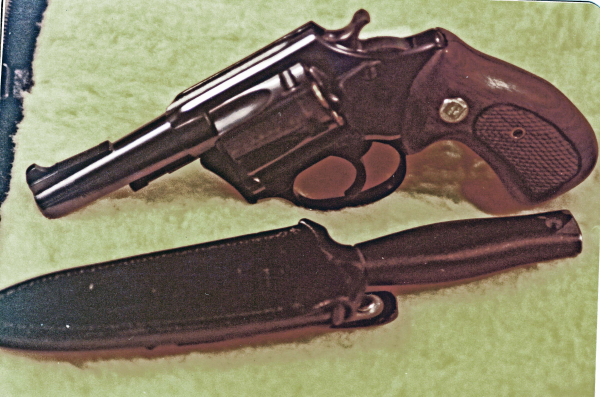
A number of us on the job did some horse trading over the years. One revolver model I had a pair of at one time was the Charter Arms Bulldog. Both the issue of the 1970s – and both gone before 1983 – I’d gotten into them because a couple of coworkers needed the money. One arrived months after the first. These were 3” guns, 19-ounce 44 Specials.
I’d had considerable experience with the Charter Undercover, a friend had one. This was in my reloading days and I shot that 38 quite a bit. Each of the 44s got some use before they moved along. I found they were more accurate than I could hold. They were light, handy and I questioned their longevity. Those guns outlasted my use of them.
In a Roy Baker Pancake holster, the Bulldogs were easily concealed. With my low-pressure, hardcast semiwadcutter loads, they were shootable and hit hard.
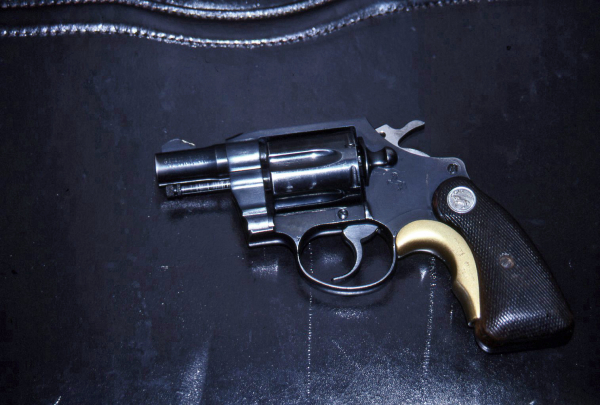
The various Colt D-frame guns that have wandered through – one released at a ‘downsizing’ auction a few years back – likewise got limited use, but hold fond memories too. During my time as a range guy, I’d had two different people offer Colt 38 revolvers to me. The oldest was the (pictured) Detective Special. A pre-1972 model with the skinny barrel, unshrouded ejector rod and a front sight covered with “Liquid Paper,” timed up fine. While it showed considerable handling marks, it locked up tight and had a bright bore. I shot it just a little to ensure it worked and – along with the “in the box with the paperwork” later model Cobra – it became a safe queen.
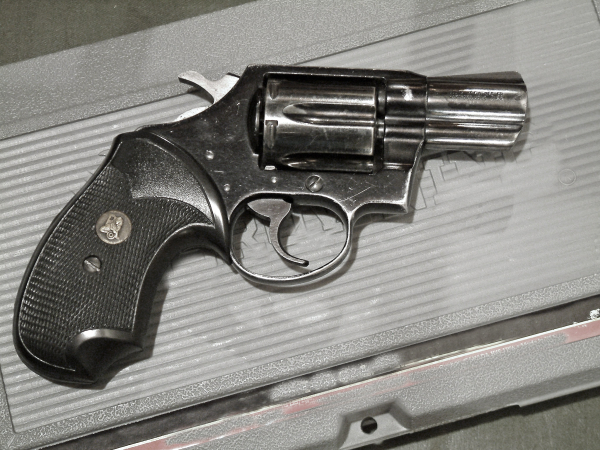
The older Colt small frame revolvers had a visit from a Colt DS-II. The newer replacement for the D-frame revolvers, it followed the SF-VI model. It was mostly the same product. Unlike the older guns, there was little in the way of “stacking” – an increase in the DA trigger pull weight toward the end of its travel. It made the gun quite easy to shoot, as the target shows. It predated the Colt Magnum Carry – a gun I didn’t get to shoot – before Colt left the revolver business.
Of course, Colt is back. The 2020 Python – my favorite being the three-inch version with Harrison Design sights – and Anaconda followed issue of the current Colt Cobra and King Cobra lines.
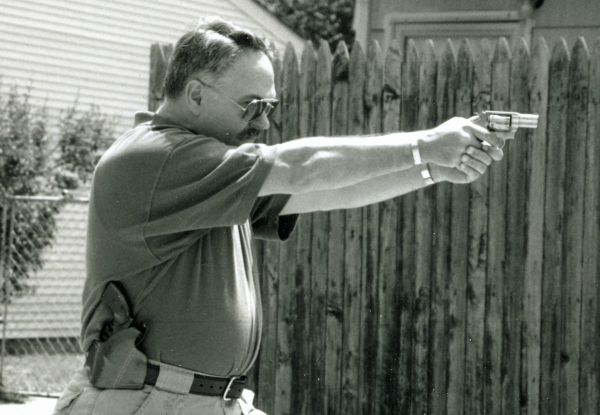
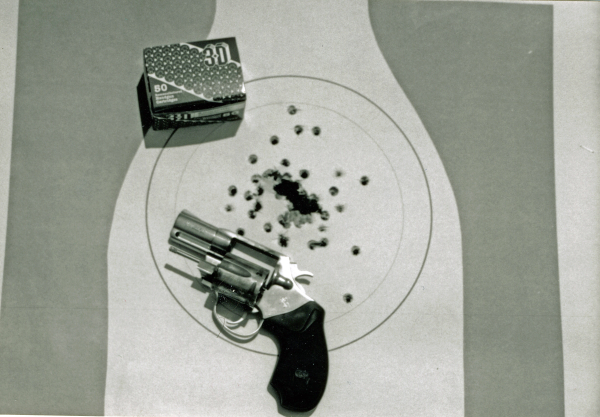
The DS-II had a transfer bar system, unlike my older Colts. The system appeared to be like the old Mark-III Colts, larger frame guns like the Trooper, that began production in the late 1960s. More robust and easier to work on than the finely fitted older guns, the design was sound.
When I researched an article on favorite carry guns of the topflight industry writers many years ago, one response was from “Farmer Frank,” Frank W. James. He was a friend and author of many articles and a pair of texts on the HK MP5 submachine gun as well as a book on concealed carry handguns.
He said, “For warm weather where no sane person would wear a covering garment I switch to an old favorite – the Colt Cobra revolver. It is carried inside a Safariland pocket holster in the left front pocket of my work pants and NO, they are not tight-fitting blue denim jeans. This Colt Cobra is a non-“+P” .38 Special revolver that is absolutely amazing for its accuracy when fired single action and as such it is carried daily during the summer months here on the farm.”
Why are revolvers a big deal for me? Aside from utility, they stir fond memories.
— Rich Grassi